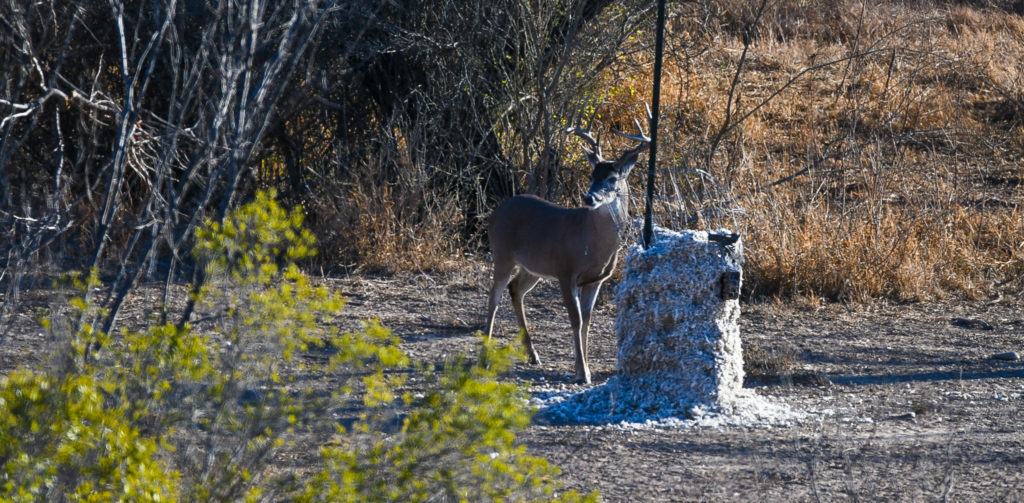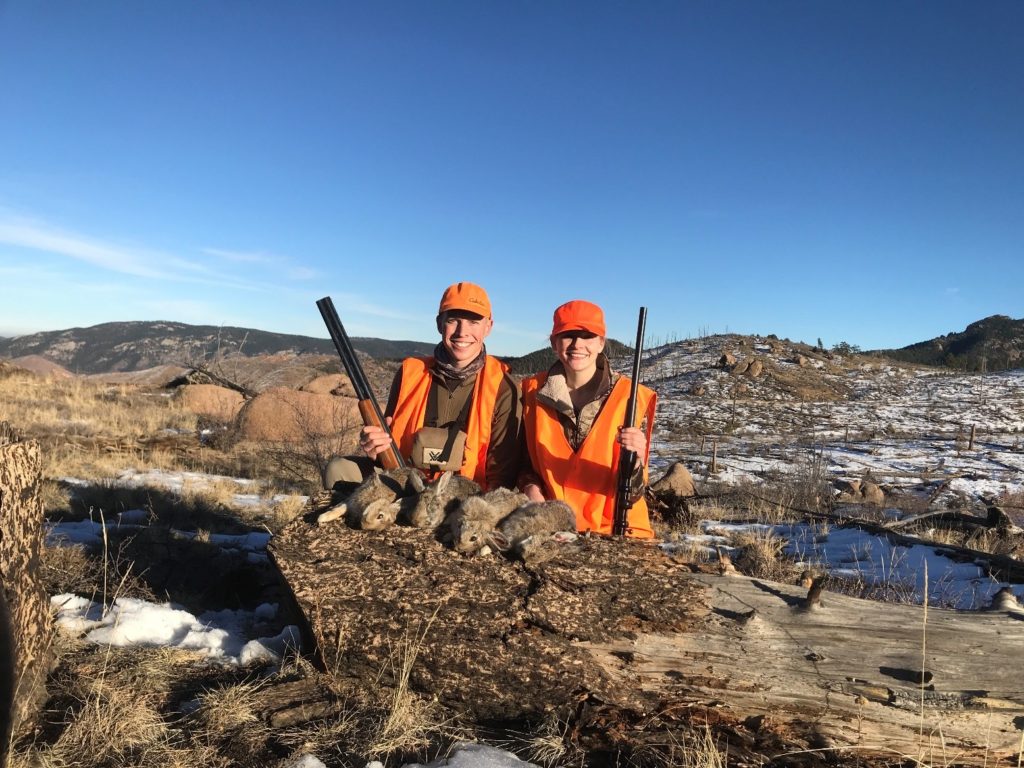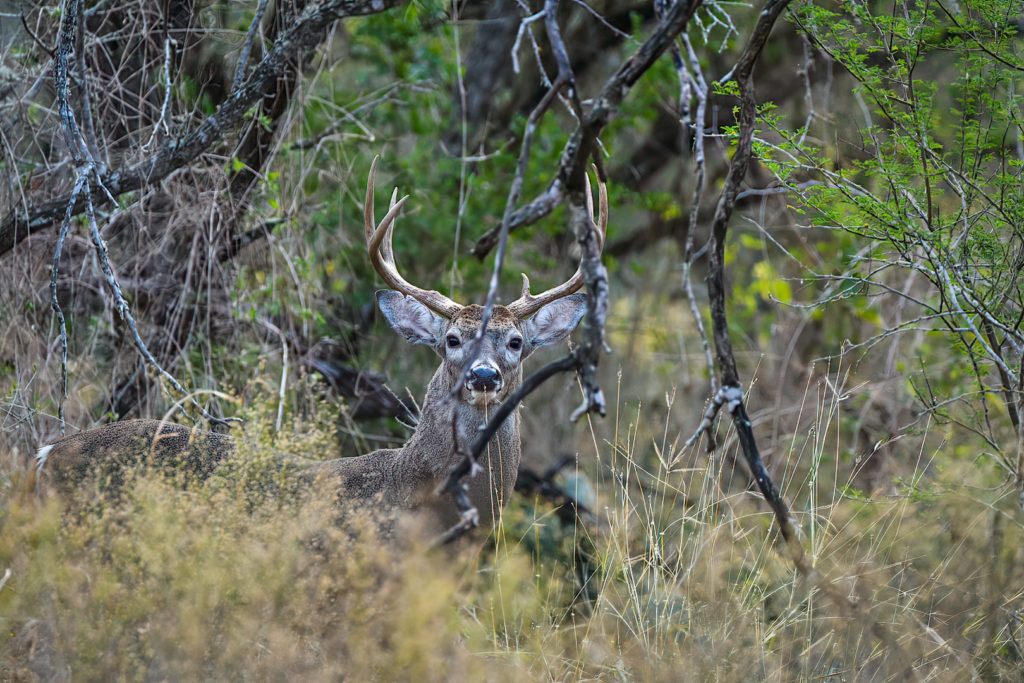If you’ve been keeping up with Sportsman’s Junction for a while, you’ve likely seen the video of my first elk hunt. It was an incredible experience, capped off by my harvest of an amazing bull. Leading up to the hunt I did a lot of work to prepare myself, both physically and mentally, for the challenges I thought I might face. Turns out that I over prepared in some ways and was under prepared in others.
Altitude & Hydration
One of the things I constantly heard before the hunt was how the altitude was going to take its toll. Where I live is basically at sea level, so the thinner mountain air would hinder my ability to hike. To combat this I considered getting one of those high altitude training masks – but never did. I considered running more often than rucking – but never did.
There were two things that ultimately helped me overcome the altitude challenge. The first thing was getting to the mountain range 36 hour early. This gave my body time to acclimate to the thinner air and drier conditions. The second and, in my opinion, most important thing was taking hydration seriously. To do this I drank nothing but water, other than a single cup of coffee each morning, during the week leading up to opening day.
Onx can only guide you so far
My experience with onX was basically limited to dropping markers to pinpoint blind locations. Outside of that I guess I had this notion that it would be super accurate and help us get into all the best spots, thanks for the onX commercials on the Meat Eater podcast. We quickly learned, and experienced on more than one occasion, that the map data is only somewhat accurate. More than once a road or trail that appeared clear as day on onX no longer existed in the real world. This led to longer drives and tougher hikes than expected.
Speaking of Long Drives…
I was not mentally or emotionally prepared for how much driving we did. I always kind of imagined that we would make camp somewhere and just hike out from there each morning to hunt. We did almost exactly what I thought except, instead of hiking out, we’d have anywhere from a half-hour to an hour-and-a-half drive to the area we intended to hunt.
This strategy allowed us to access the majority of our unit, as opposed to just the areas surrounding camp. The downside was waking up even earlier since we had to account for time spent on the road, in addition to time hiking in after we arrived.
You might not get a second chance
From the stories I’d heard, told by friends about their first elk hunts the year prior, I expected to see elk every day. But I didn’t see a live elk until day 5 and well over 40 miles of hiking at elevation. Luckily this was the day I got my kill. One guy from our camp saw two bulls on the morning of the second day, but talked himself out of shooting in hopes of a better shot. He never saw another bull that week.
A number of factors could have contributed to the lack of animals we saw. Pressure from other hunters, a later start than usual to 2nd rifle season, and snow the week prior could have all played a part. But we know now not to take an elk sighting for granted and to seize the opportunities when they arise.
There are a lot of things that I learned from my first backcountry experience, but I’ve got a long way to go. Hopefully I’ll be fortunate enough to have many more opportunities like this throughout my life and I’ll continue to grow my knowledge. Until then I’ll just be counting down the days until turkey season.


